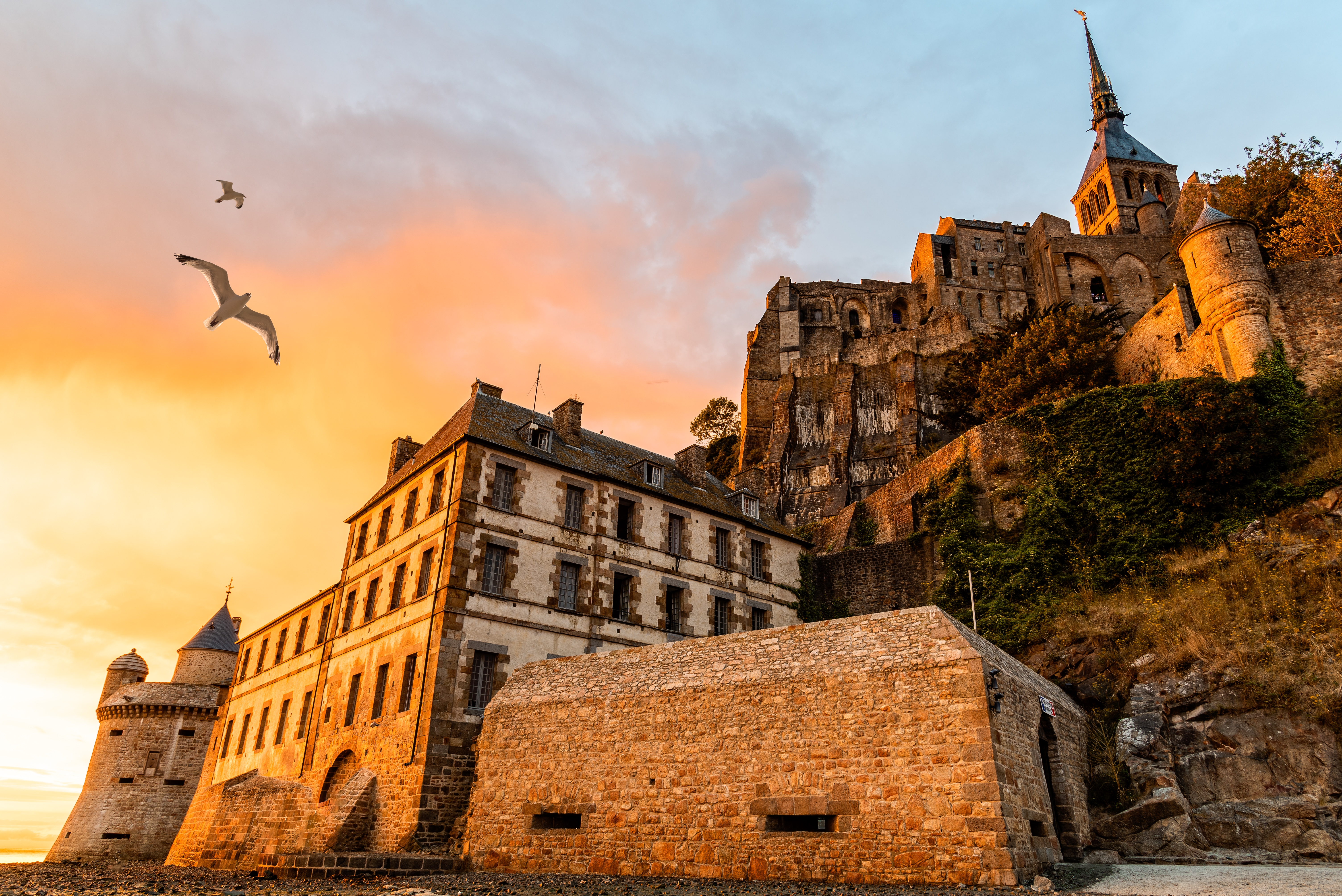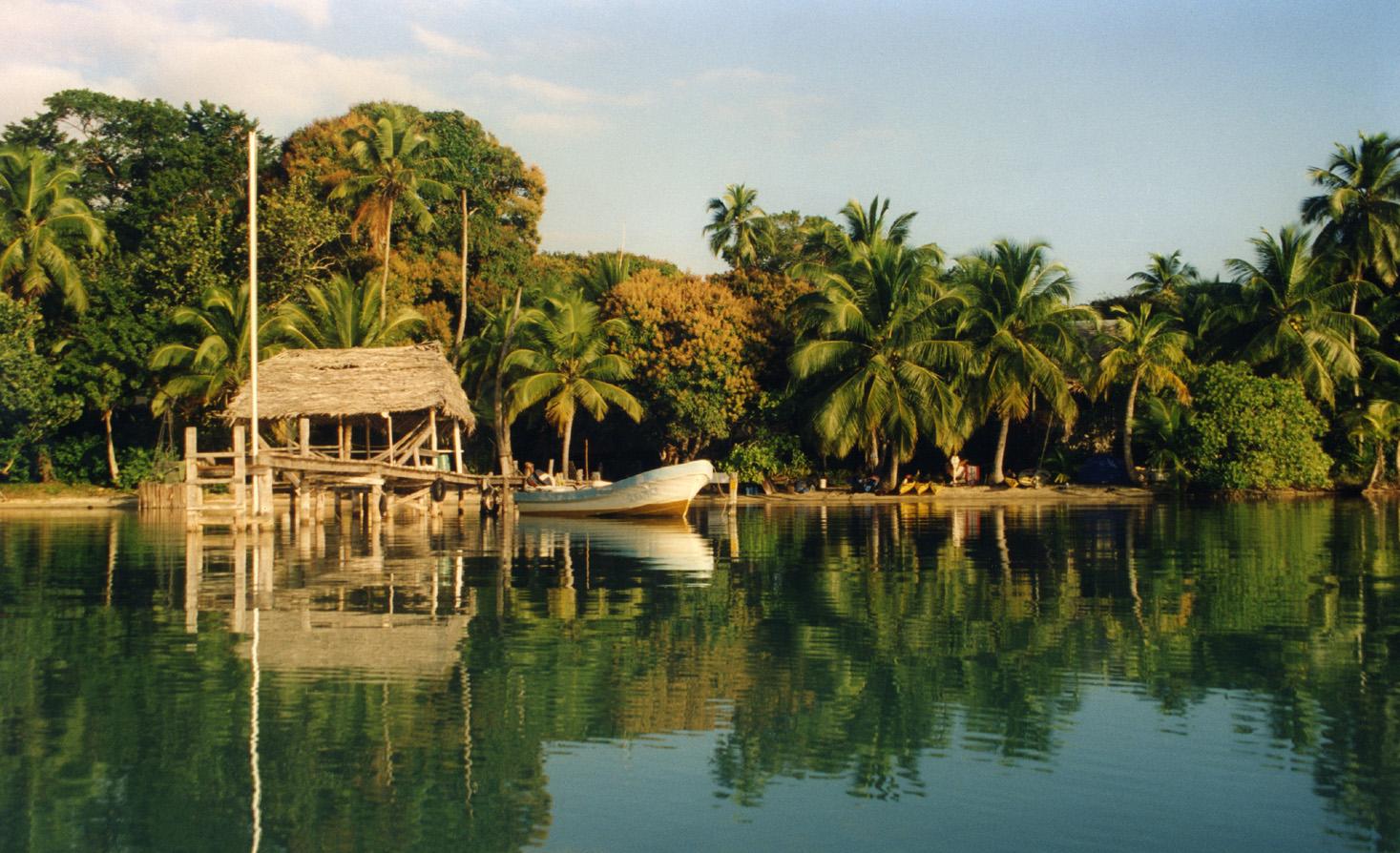The 7 New "Second Cities" That Will Replace the Tourist Traps in 2026
As the world becomes increasingly interconnected and global travel continues to surge, traditional tourist hotspots are facing the pressures of overcrowding and environmental degradation. By 2026, a new trend is set to redefine the travel industry: the rise of "second cities." These are lesser-known urban areas that offer rich cultural experiences, historical significance, and unique attractions without the overwhelming crowds. This shift is driven by a growing demand for authentic experiences and sustainable tourism practices. In this article, we explore seven emerging second cities poised to become the next big destinations, offering travelers fresh alternatives to the well-trodden paths.
Porto, Portugal: The New Lisbon

Porto, with its stunning Douro River views and historic Ribeira District, is fast becoming a favorite among travelers seeking an alternative to Lisbon's bustling streets. Known for its port wine, Porto offers a blend of ancient architecture and modern vibrancy. The city’s cultural scene is thriving, with an array of galleries, music festivals, and culinary delights that rival the capital. The local government has invested in sustainable tourism initiatives, making Porto an attractive destination for eco-conscious travelers. As tourists seek more intimate and authentic experiences, Porto's charm and accessibility are set to elevate its status as a must-visit second city by 2026.








